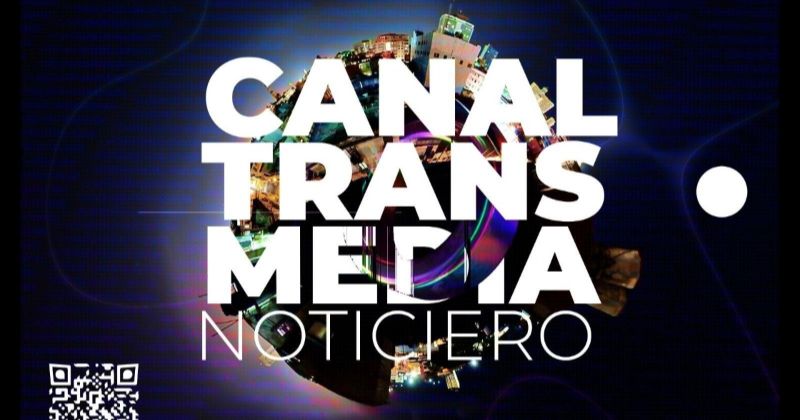MEXICO CITY.- Canal, Cuba’s first media outlet, was presented this Monday by director Andy Ruiz and his team (journalists, photographers, directors and designers). The project, on which Ruiz has worked for the last two years, as he exclusively told CubaNet, adds to the independent media ecosystem on the island. In Canal, stories will be expanded using different formats and technologies.
The platform It is a hybrid that mixes journalism premises in its products, but also feeds on independent cinema. The result of this merger, Ruiz explained to CubaNet, is presented to audiences through technological tools such as virtual reality, augmented reality, Ntfs, and also with other more common media formats such as podcasts, photos and texts.
Canal currently has a team of 10 people, four abroad and six in Cuba. That group is the one that is working on the flagship product of the platform: a transmedia documentary newscast that will be released soon.
“It is a nod to Santiago Álvarez’s ICAIC newscasts, bridging the technological and ideological gaps,” describes journalist Marta María Ramírez, another of the media’s founders.
Canal’s premise is to maintain a record of the country that remains as a historical memory and, at the same time, to bring Cuban audiences closer to the immersion experiences that ICTs allow.
“All the time we are testing the materials we make to be sure that they are seen in Cuba. There, in the Millennials and the so-called Centennials, is our target audience”, says Andy.
As explained by its director, they will focus on producing augmented reality videos (which offers interactive experiences to the user from a combination of the virtual and physical dimension, through digital devices such as cell phones). If a user enters your website today, they will be able to see not only the YouTube version of the audiovisuals offered by the platform. Those same materials are also available by scanning a QR code. When you scan it, the images of your cell phone screen will appear on a television. That’s an example of augmented reality.
In the same way, the Canal team intends to create simulated spaces in which a person, through a visual device, has the feeling of being and being able to function within them. Canal can offer that from a cell phone you enter a simulation where an emblematic place in Havana is recreated and you interact with the environment. In other words, they bring virtual reality to the Cuban media and, furthermore, they mix it with predecessor technologies.
“An illustrative case of how we tell the same story supported by different media is on our website,” Ruiz details.
On the page, within the trasnmedia section, the first material that can be consumed is a documentary about the collapse of a residential building in Havana. In that same section there is also a 360 video filmed by a drone that shows how the property turned out from the air. So far there are two technological aspects that narrate the same fact from their particularities. To this story, the next step will be added. Canal will 3D scan that building and recreate what it was like before it collapsed and dozens of families lost their homes. The housing deficit in Cuba and the precariousness with which people (survive) live every day will be one of the core issues on their agenda, they said.
Another section of the platform groups NFTs, in Spanish it would be digital assets. To explain it more simply, they are unique digital works that can be collectible: illustrations, photographs, video files worked with augmented reality, among others.
“I don’t want to line people up, or put them in bubbles and avatar worlds. What I want is to exhibit reality. It is essential to remove that romantic vision with which many in the world still perceive our country”.
“We are launching this now when it seems that Cuba cannot think about technological innovation because there is no electricity, there is no internet. Right now in our country you cannot eat, sleep, live. Canal was born in the middle of a peculiar context, but we are thinking about the future”.
Receive information from CubaNet on your cell phone through WhatsApp. Send us a message with the word “CUBA” on the phone +1 (786) 316-2072, You can also subscribe to our electronic newsletter by giving click here.






